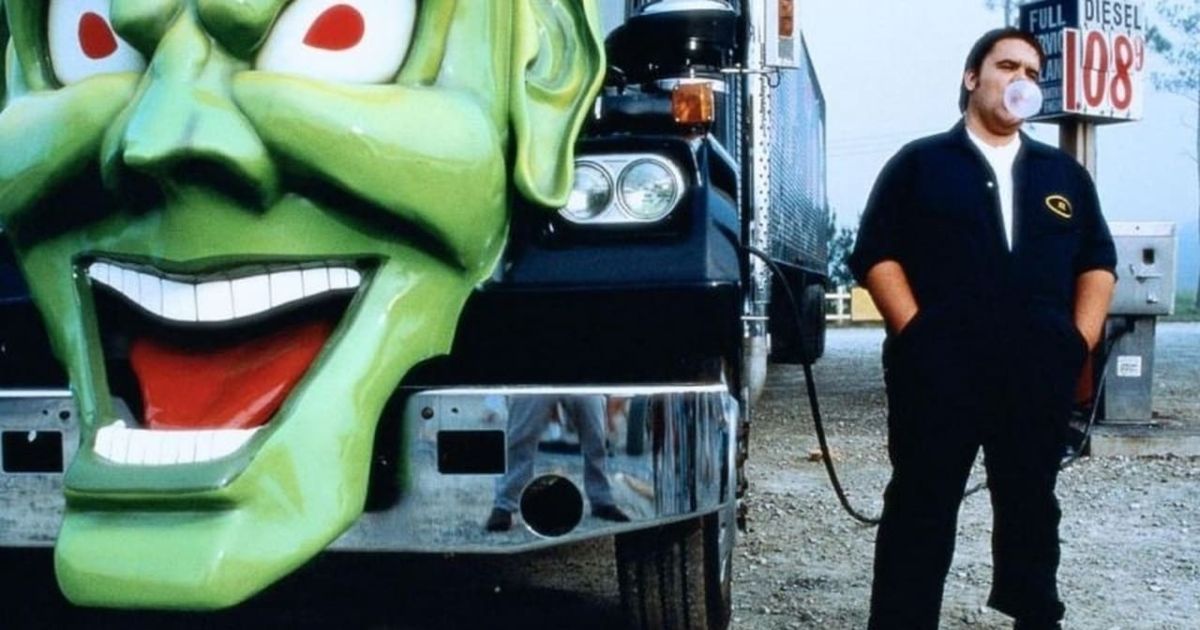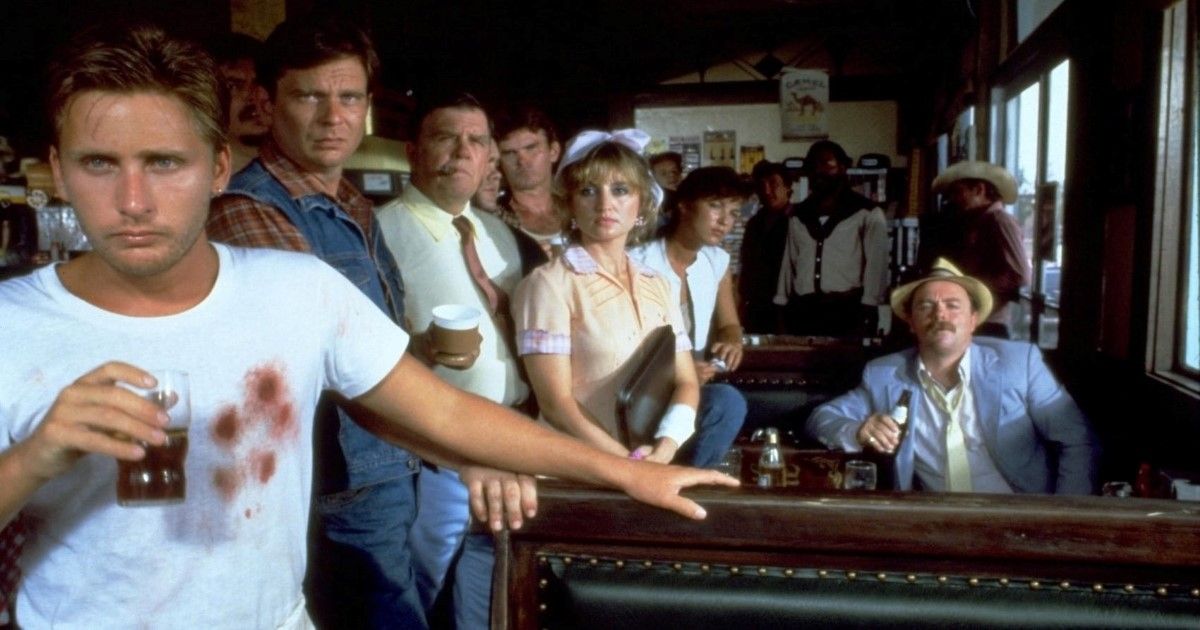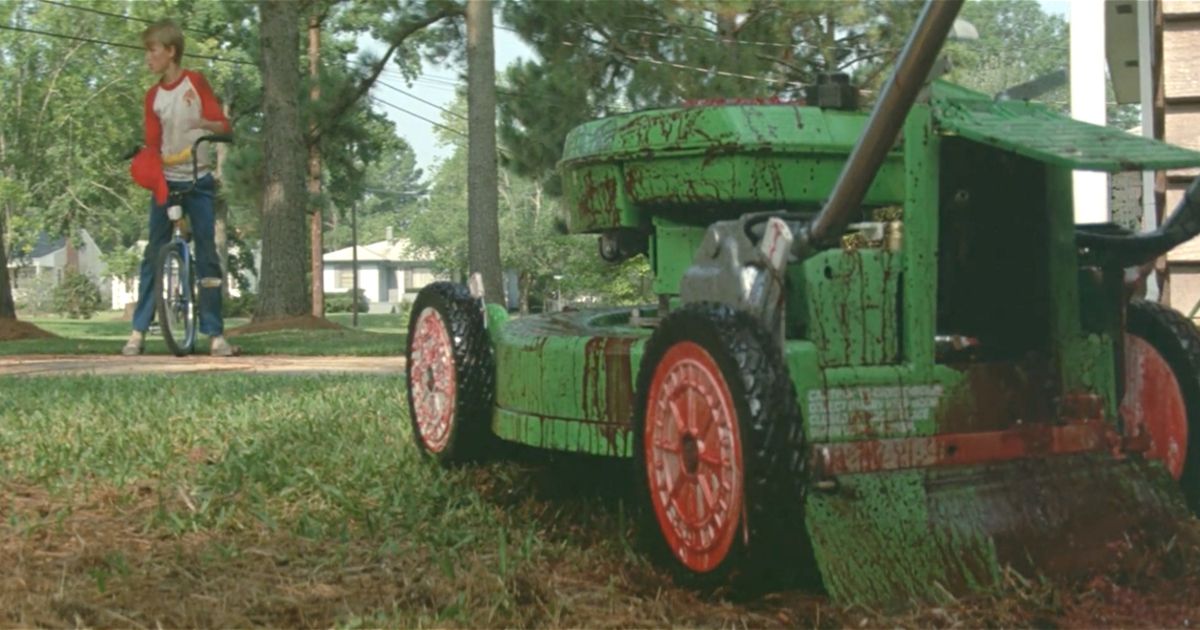Stephen King has been a certifiable master of horror for decades, inspiring countless creatives from authors to artists to filmmakers and many, many more. His prolific writing is the subject of awe and mockery, but it’s undeniable that some of our favorite films of all time were born out of King’s eccentric mind. It’s only natural that the author would try his hand at directing after seeing his work adapted by so many others, and in 1986 his one and only directorial venture was released: Maximum Overdrive.
Based on King’s short story Trucks from the anthology Night Shift, Maximum Overdrive follows a group of survivors battling sentient machinery (mostly trucks) trying to take over the planet. It’s a wacky premise that could be an interesting commentary on the way the technologies we create ultimately subjugate us. Instead, it’s a chaotic B-movie full of logic gaps, bad acting, and silly "scares."
Could Maximum Overdrive have been a success, or was it doomed from the start?
How It All Began
Producer Dino De Laurentiis had already worked on Stephen King properties before: Firestarter in 1984 and Cat’s Eye in 1985. Though King wasn’t a fan of Firestarter, he would pen the screenplay for Cat’s Eye and, subsequently, become friendly with De Laurentiis. For their next project, King wanted to direct, and De Laurentiis, the shrewd businessman, didn’t turn down the opportunity to employ one of the most popular authors at the time for his directorial debut.
It’s no secret that there was a significant period of King’s career that was fueled by heavy doses of drugs and alcohol. He famously recalls in his book On Writing that he barely recalls writing the novel Cujo. Similarly, Maximum Overdrive was deeply affected by King’s addictions, and it shows in the final product. King dislikes the film, admitting in Hollywood's Stephen King that he was “coked out of [his] mind all through its production, and [he] really didn't know what [he] was doing.”
This wasn’t the only thing that set Maximum Overdrive up for failure, though. While this is technically King’s film, De Laurentiis called many of the shots and shouldn’t escape blame for the final film. For example, De Laurentiis imported several of the film’s crew members from Italy and Mexico, which resulted in a nigh-insurmountable language barrier that severely slowed production. Casting was also difficult. King wanted Bruce Springsteen for the starring role, but De Laurentiis was completely unaware of the rock star and instead hired Emilio Estevez for the part. During production, King wanted the character Brett to dress androgynously, but De Laurentiis quickly shot this down in favor of dressing the actress in skirts.
A Great Environment Tinged With Tragedy
One would expect a director in the thralls of addiction would be unpleasant, to say the least, but accounts from the time on set show actors and crew genuinely enjoying King’s unconventional personality. On the podcast How Did This Get Made?, Laura Harrington called King "a unique character in every way," and Yeardley Smith told Yahoo that the director "could not have been nicer… He was incredibly humble and was the first to admit that he didn’t have any idea what he was doing." Crew members also fondly remember the evening that King rented out an entire theater to show both Godzilla and Night of the Living Dead, along with popcorn and the author’s commentary.
It wasn’t all fun, unfortunately, and tragedy struck the set partway through filming. While shooting a scene with a "sentient" lawn mower, the remote control for the device failed. The lawn mower, which still had blades for some reason, went haywire and hit the wooden stand the camera was on. Wood shrapnel flew wildly, hitting Director of Photography Armando Nannuzzi’s right eye. The eye was lost, and Nannuzzi sued King for $18 million in damages, which the two settled out of court.
Why We Love It Anyway
Maximum Overdrive was a maximum flop at the box office, earning $7.4 million against a budget of $9 million, cementing King as a one-time director. Critics at the time rightly recognized the film as the mess it was, and it earned Golden Raspberry nominations for Estevez and King. No matter, there’s an audience for just about anything, and fans of B-movie schlock can see the fun in King’s wacky world of monster trucks.
This is by no means a good movie, and that’s exactly what makes it such a good time. The acting is often stilted, and characters behave illogically even for the strange situation they’re in. There isn’t much rhyme or reason behind which machines are "turned," especially considering that the ultimate goal of the trucks is to get refueled — what do the arcade machines get out of this? Additionally, there’s King’s notorious brand of childish comedy, including an ATM calling a customer an "a**hole" and a soda machine shooting a can directly into a man’s crotch. Pedestrian, maybe, but funny, nonetheless.
The film features a bevy of familiar faces and voices. Maximum Overdrive was only Yeardley Smith’s third film, but she would go on soon after to voice Lisa Simpson to this day. There’s also a brief cameo from Giancarlo Esposito as an early victim of the machines, but not before he inexplicably retorts "yo mama" to a malfunctioning pinball machine. The entire soundtrack was composed by AC/DC and the track Who Made Who was one of the most successful the band had released in years up to that point. The music is a highlight of the film, amping up its zany energy and heightening the ludicrousness of it all.
Maximum Overdrive may be a schlocky, sloppy mess with issues that some reviewers can’t get past. But if you want something silly to throw on with friends (and maybe a substance or two of your own), it’s absolutely worth checking out.

.jpg)


